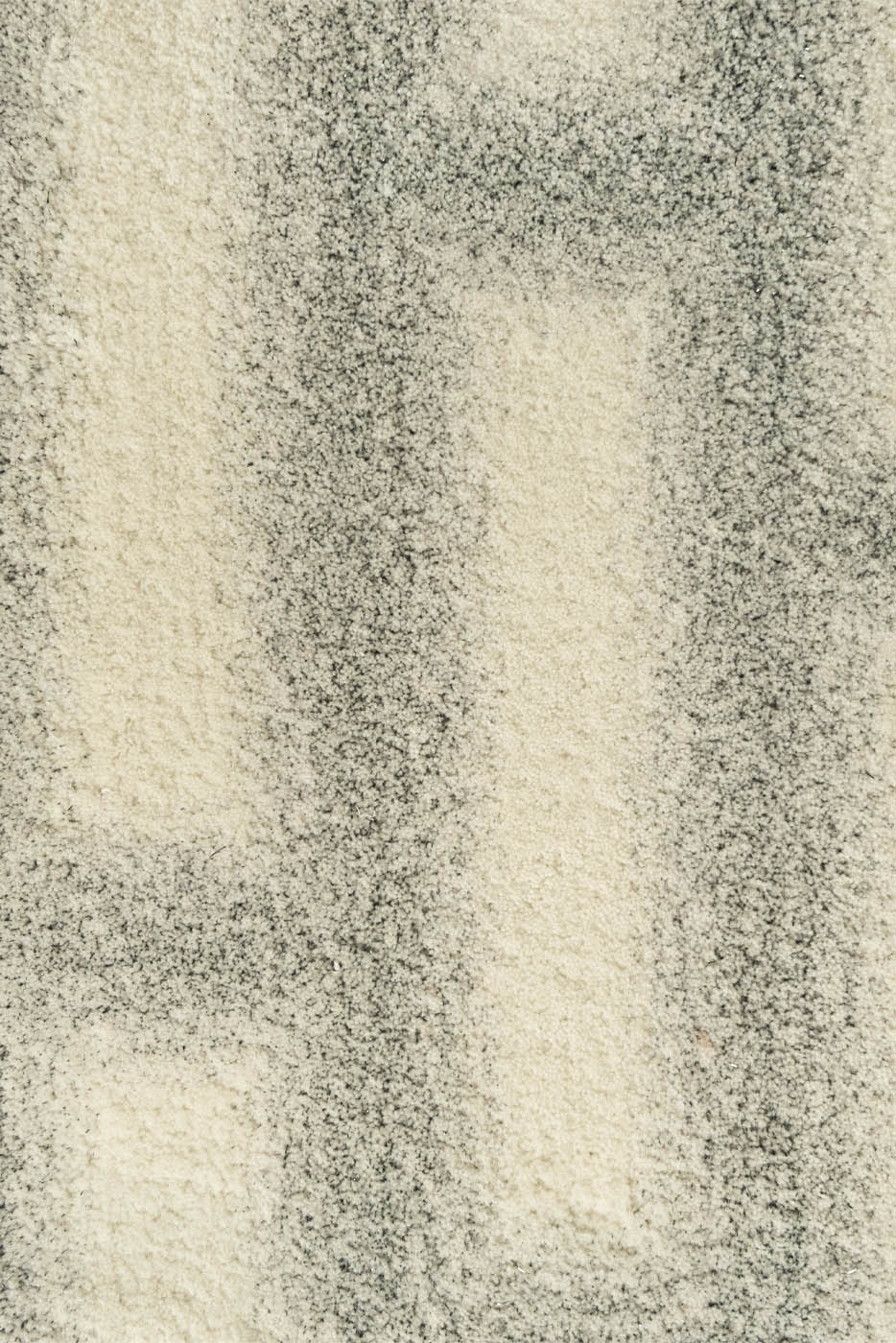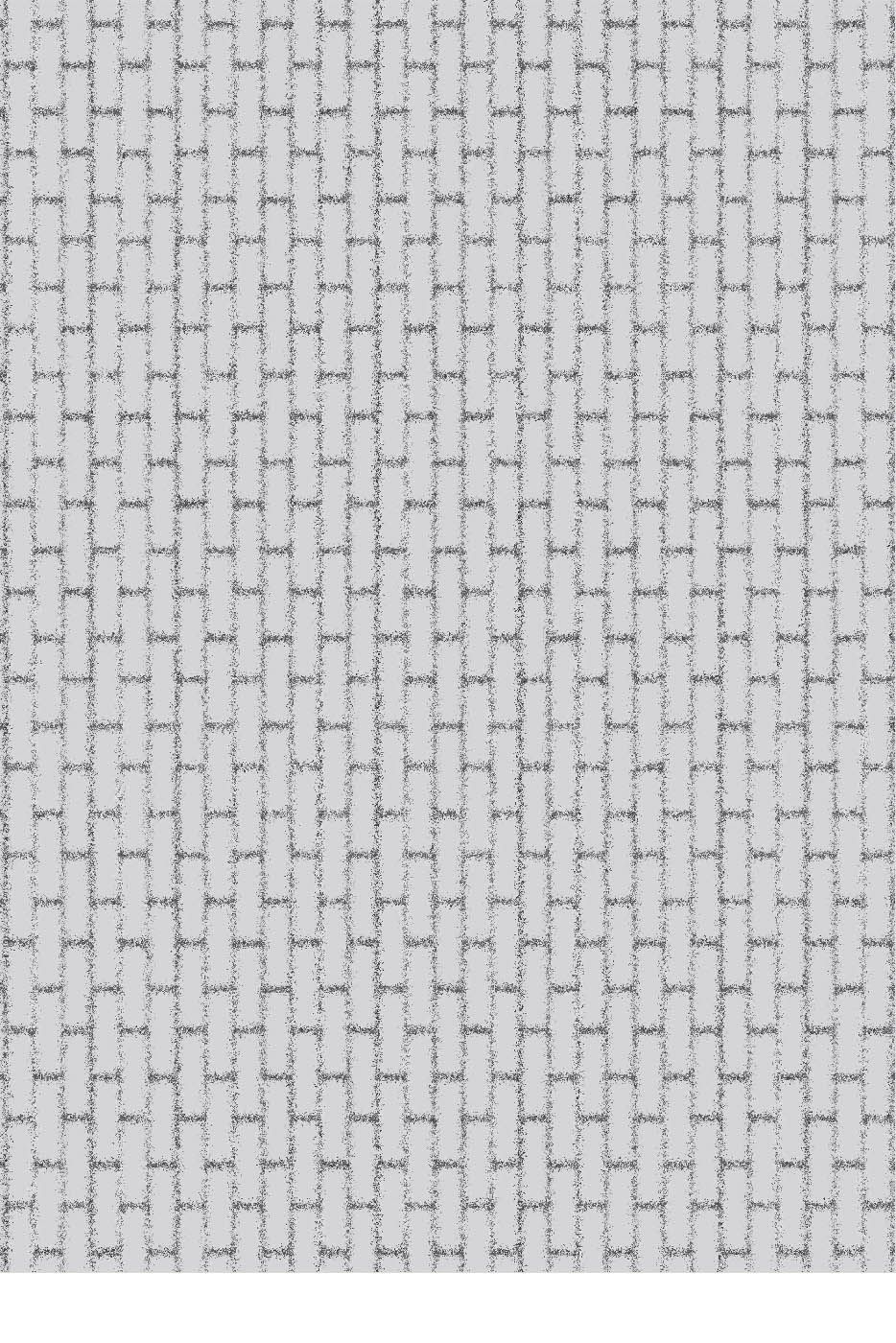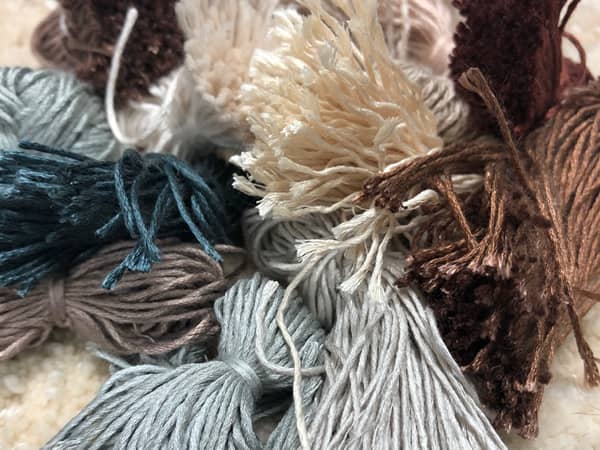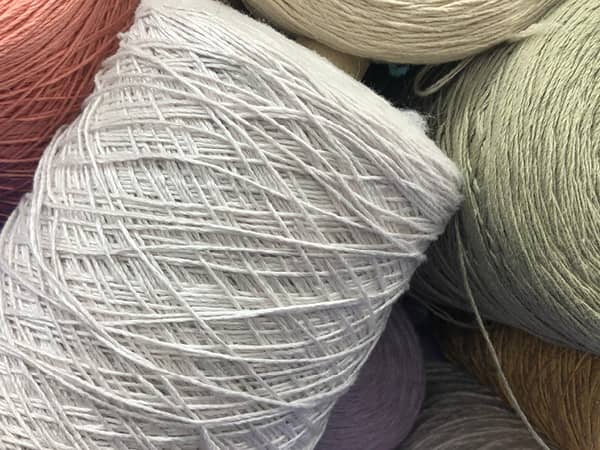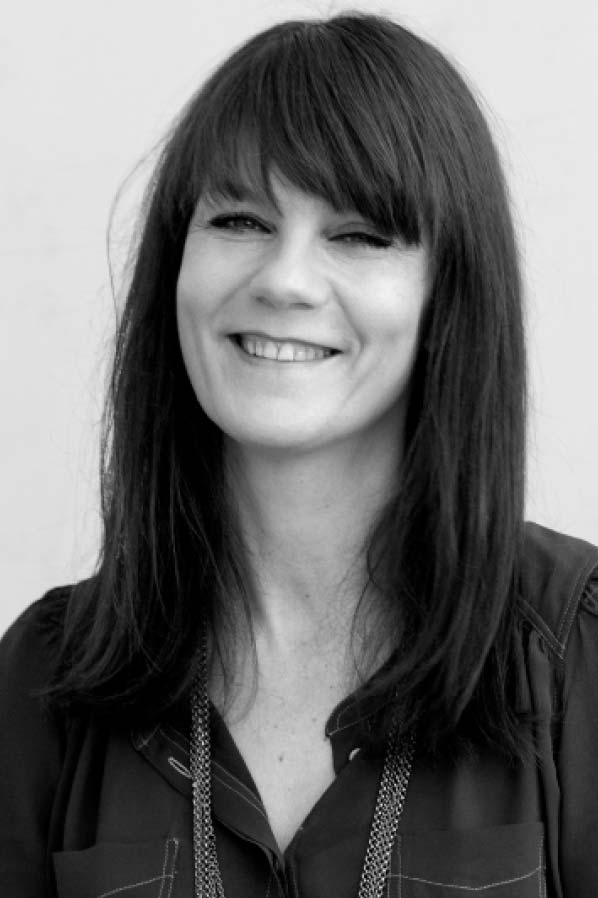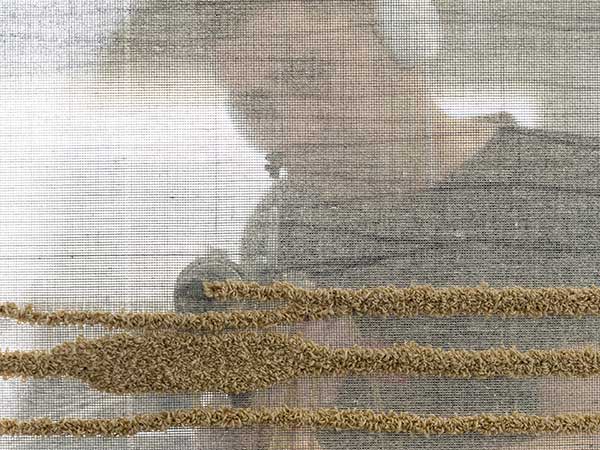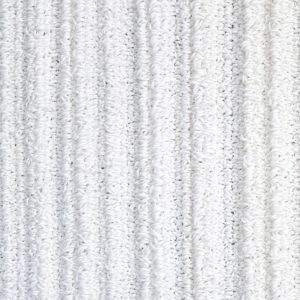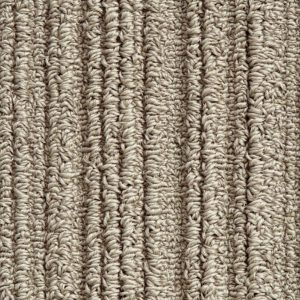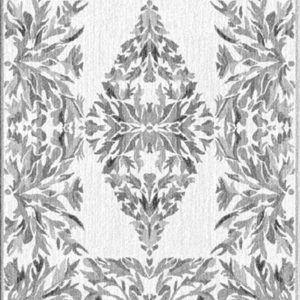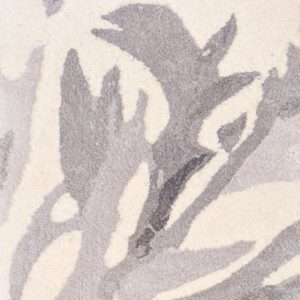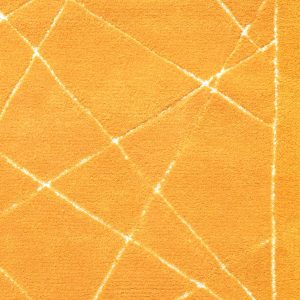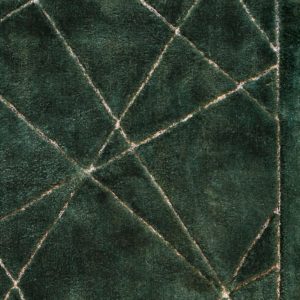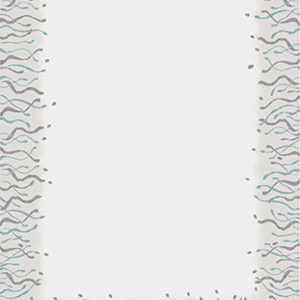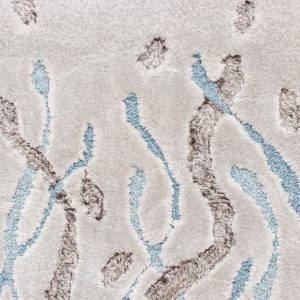Ritournelle
2055,00€
by ULRIKA LILJEDAHL
HAUTE COUTURE & PRÊT À PORTER
MATERIALS a choice
TECHNIQUE Hand tufted
SIZE a choice
PRICE*
*
PRICE:PLEASE CONTACT US WITH YOUR REQUIREMENTS
Description
silk
Silk is a natural animal fibre derived from the cocoon spun by the caterpillar of the bombyx mori (worm of the mulberry tree), unsurprisingly called the “silkworm”. Invented in China in the IIIrd millennium before Christ, silk wasn’t produced in Europe, mainly in Italy, before the end of the Middle Ages. And it’s only under the reign of Henri IV that silk production developed in France with the planting of 4 million mulberry trees in the Ardèche, Dauphiné and Cévennes areas. Silk threads are very strong and quality weaving makes silk very resistant. It gives a particular shine to the woven pieces and combines easily with other materials such as wool or bamboo. In its Couture collection PINTON offers 100% silk rugs, incredibly soft. In tapestries silk is most often used in complement of one or more other materials like wool or even cotton.
linen
Linen is a plant-based natural fibre derived from flax. It is possibly one of the first fibres used by man: fragments of twisted and dyed linen fibres were found, allegedly over 30,000 years old. In France, Charlemagne developed the culture of flax, which reached its peak in the XVIIIth century with over 300,000 hectares dedicated to its culture. A quintessential natural material, flax requires neither fertiliser nor irrigation. Transforming the flax plant into linen yarn involves no chemical process. Finally, the linen fibre stands the test of time and traffic. All these qualities led PINTON to offer rugs and carpets made in this material, used on its own or in combination with others.
Linen can be used in loop weave where the continuous thread forms loops on the surface of the rug, or in pile weave where the threads on the surface of the rug are cut. It can also be woven as loop and cut which combines both techniques.
Ulrika
Liljedahl
Ulrika Liljedahl is a Swedish artist living and working in Paris. She frequently works in collaboration with couture and luxury ready-to-wear names such as Christian Lacroix, Alexander McQueen (Givenchy), John Galliano (Dior), Jean-Paul Gaultier, Yves Saint Laurent, Louis Vuitton or Marc Jacobs. For them, Ulrika Liljedahl develops materials and original textiles. Some of her pieces have been exhibited in various museums around the world such as the Metropolitan Museum of Art in New York, the Bunkamura Museum in Tokyo, the Musée Galliera and the Musée de la Mode in Paris. Others are included in major collections, including those of the Centre National des Arts Plastique or the Musée Galliera.
The collaboration between Ulrika Liljedahl and PINTON is set to last. For the firm, the artist weaves a mysterious, organic and poetic world piece after piece, using original patterns and combinations of materials attracting the eye and inviting the touch.
hand tufted
The hand tufting technique is a process combining centuries-old skills and modern weaving tools. The canvas is perfectly stretched over an upright loom and the craftsperson transfers by hand the future design of the rug with the utmost precision. Threads are inserted manually, one by one, working with a gun on the back of the canvas, following the colours, the drawing and the different tuft heights. PINTON was one of the first manufactories to use the gun tufting technique to produce some of its rugs and carpets and is the only French workshop offering very high quality tufted rugs. With this technique, production times are reduced compared to the knotted stitch weave or point noué. Finally, hand tufting offers a large range of possible depths. Carving is the technique that consists in sculpting the wool and creating textures within the woven rug. Since the early 1990s, PINTON has been specialising in the production of hand tufted rugs for which it also collaborates with famous designers and artists.

